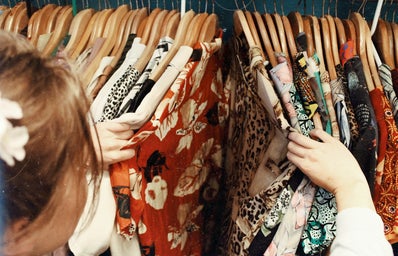A compliment? An insult? ‘Fubanga’ is an adjective that has recently gained a lot of popularity on social media, especially on X (before the platform was banned in Brazil). Mostly directed towards women, the controversial expression has been associated with fashion items, leading to the development of ‘Fubangacore’. Learn more about this trend!
Experiencing perhaps its greatest fame ever, ‘fubanga’ is not a new word. Even though its origins are unclear, it has undoubtedly been around for quite a while, being mostly used as a synonym for ‘sloppy.’
The term resurfaced and became trendy online as an alternative to criticize and insult the appearance of women, also being utilized as a substitute for ‘ugly,’ ‘inadequate,’ ‘tacky,’ or ‘tasteless.’
Most recently, however, the word has been appropriated by a few content creators, who have given it a new positive interpretation. According to these people, being ‘fubanga’ would actually mean being extremely confident to wear whatever you want, even if that entails being regarded as ‘vulgar’ or ‘unrefined’ by some. Don’t be shy, dress however you like.
Similarly to what happened with ‘brat’, ‘fubanga’ could (if you stretch it a little) be considered a lifestyle and has inspired ‘Fubangacore’.
‘Fubangacore’ staples include animal prints, miniskirts, cut-out dresses, skinny jeans, high heels, knee-high boots, loads of leather, numerous accessories, and basically every questionable item you own.
As with many trends lately, it also has its fair share of 2000s nostalgia. In opposition to the ‘clean girl’ aesthetic, ‘fubangacore’ is quite maximalist and extravagant.
An avant-garde symbol of ‘Fubangacore’ would be Bebel (Camila Pitanga) from TV Globo ‘s Paraíso Tropical (2007). In many of her scenes, the controversial character wears flashy patterns, cut-out pieces, and miniskirts.
‘Fubangacore’ is essentially a product of social media, as most of the recent fashion ‘cores’. To understand more about this phenomenon, we spoke to Camila Alves Cruz, a Fashion professor at Belas Artes.
The specialist believes the speed at which the internet works plays a big role in the popularization of ‘cores’, which she defines as short-lived trends.
“Social media has managed to spread things more widely. Before the internet’s widespread reach, we used to notice certain trends by observing people on the street or people we knew, at school, and so on. I think it was much more analog, right? I went to college, and we would get our fashion information from magazines. Nowadays, the internet can very quickly show what’s in and what’s not”, she states.
Camila affirms that ‘cores’ are also stimulated by the fashion industry. “I believe these ‘cores’ also emerged to heat up the fashion market. If before we had four collections, and people focused on buying products related to those four collections, nowadays, the ‘cores’ have accelerated and encouraged consumption”.
————————————-
The article above was edited by Anna Maria Prado .
Liked this type of content? Check Her Campus Cásper Líbero home page for more!


